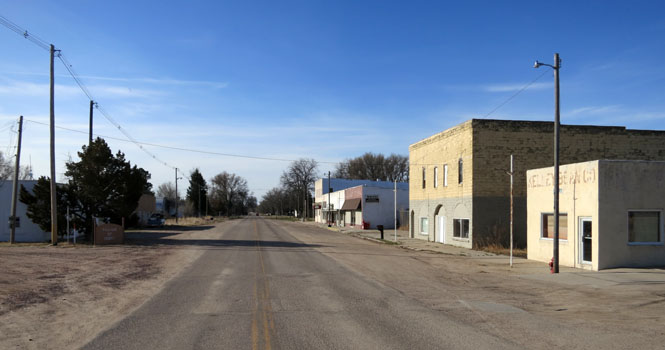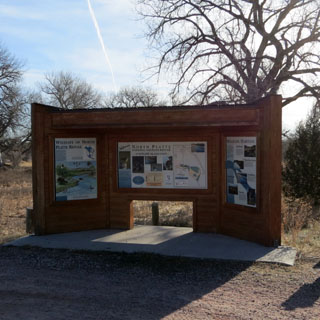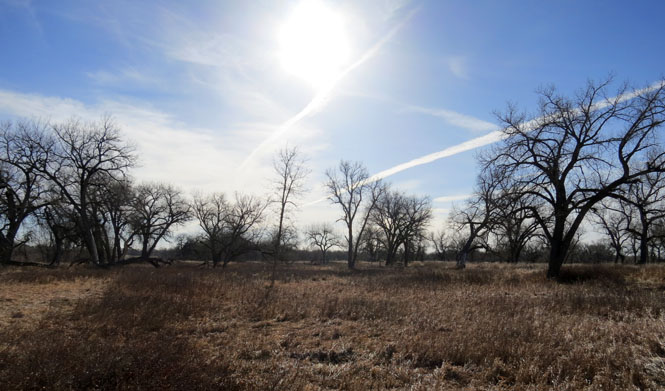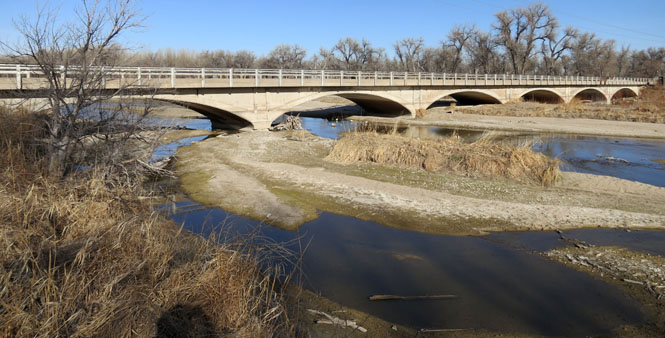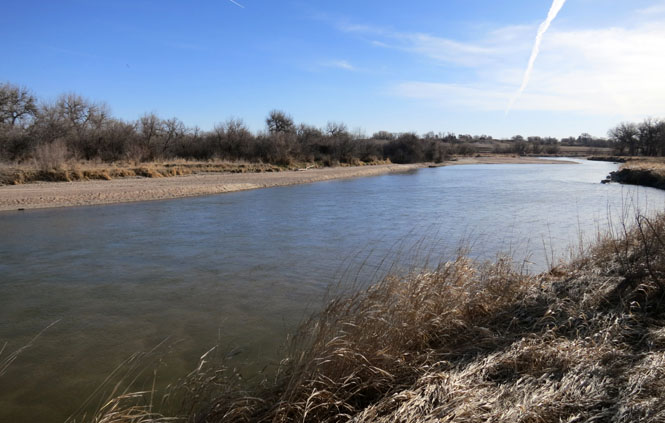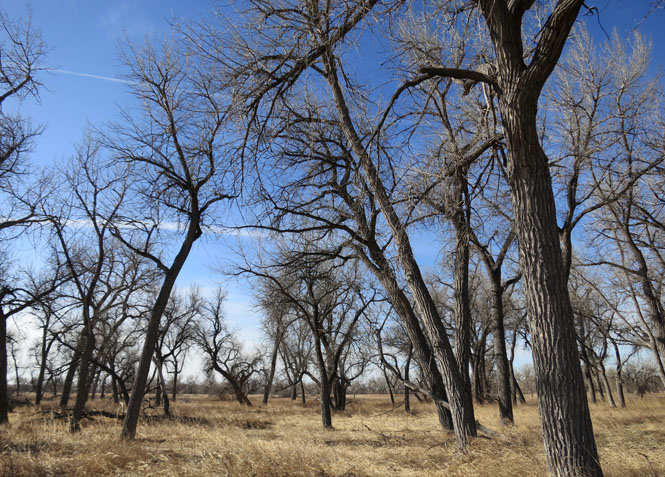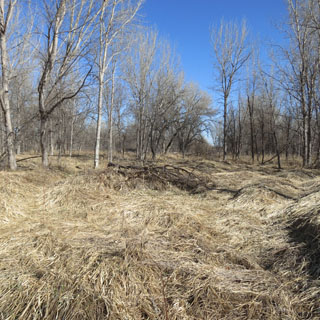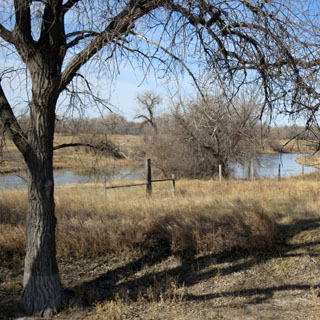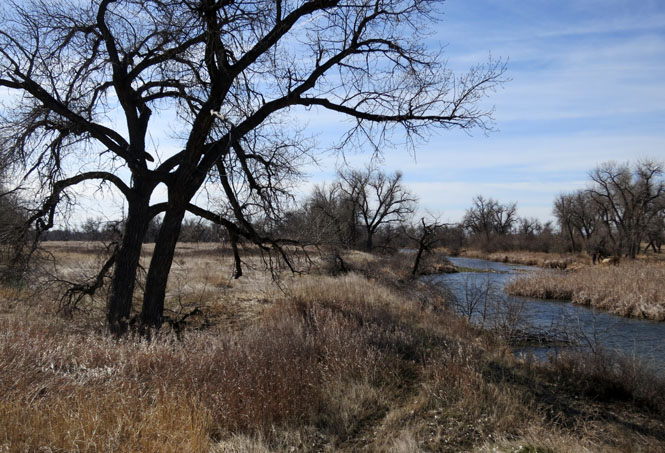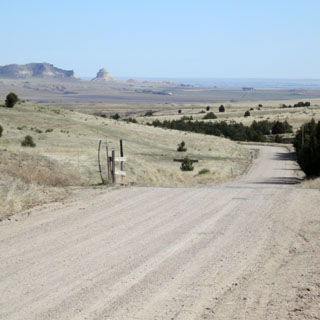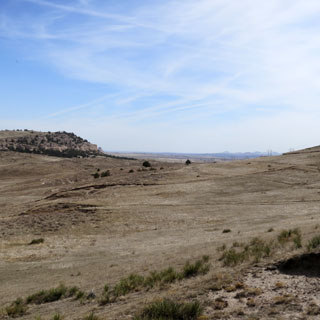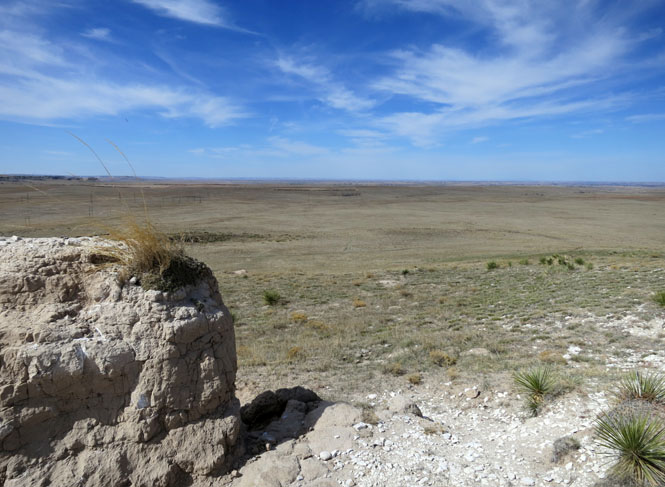March 22, 2015

 Nebraska
Nebraska
The North Platte National Wildlife Refuge is in the Panhandle of Nebraska and is in several parts--all along (or not far from) the Platte River. Stateline Island is right on the Wyoming/Nebraska border. It once was a true island, but due to irrigation changes, the southern course of the Platte River is now a remnant lake and the river now flows along the north side of the island. Perhaps in times of floods, both river channels are full.
Chimney Rock along the Oregon and California Trails
Henry, Nebraska is the nearest town to Stateline Island.
 North
Platte National
Wildlife Refuge
North
Platte National
Wildlife Refuge
The North Platte NWR was established in 1916 by
Executive Order No. 2446 as a ďpreserve and breeding ground for native
birds.Ē It is located in the Nebraska Panhandle, near Scottsbluff. It was
declared a National Wildlife Refuge primarily because of fall concentrations
of up to 250,000 Mallards, 11,000 Canada Geese and Bald Eagles.
--NWR web
site
There's a sign and an information-kiosk to let you know there's more here.
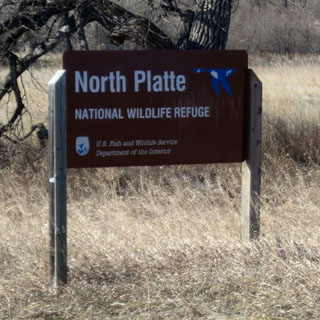
There is a network of trails, but the trail isn't always so easy to find. It's not likely you'll ever get too lost on an island.

The North Platte River along the north side. I'm standing on the island.
Signs that recently a great deal of water has been flowing across parts of the island.

That still water was once the channel along the south side of the island. Lots of birds, as you'd expect.

Moving several miles south and east...
The Robidoux trading post was located here. All signs of the original buildings have long been erased; this re-creation of what it might have looked like was put here in the 1990s.
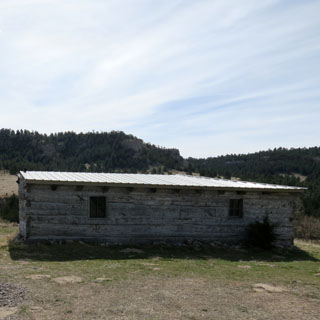
Before around 1850 wagon trains travelling along the south side of the
Platte River would have taken Robidoux Pass to get over the Wildcat Hills
near (what is now) Scottsbluff, Nebraska. Once Mitchell Pass was opened
(the more famous route next to the high formations of Scottsbluff), Robidoux
fell out of use. Iíd imagine that today it looks very much like it
would have in 1850.
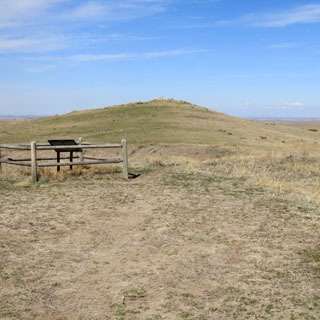
This is a remote area; there are no paved roads to get here. If you look carefully, you can still see the evidence of the old wagon trails (although Iím not sure you can tell that in the photograph).
Iím standing on a tall hill in the middle of the pass that Iíll bet was
climbed by at least somebody from every wagon train that came through here.
You can just barely see the Laramie mountains on the horizon. Thatís
not the Rocky Mountains quite yet, but probably the more optimistic
travelers thought they were closer to the Rocky Mountains than they were.


